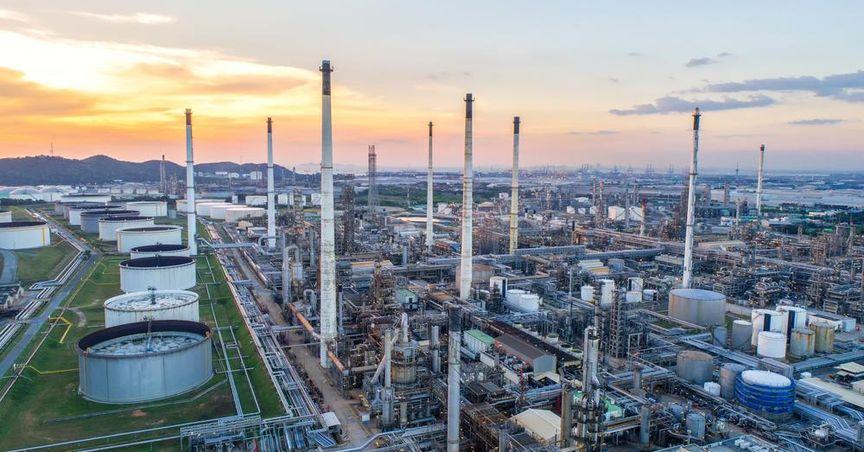Highlights:
Lynas Rare Earths holds a net cash position despite outstanding liabilities
Reported earnings have declined substantially over the past year
Strong focus on cash flow as a key component of financial resilience
Lynas Rare Earths Limited (ASX:LYC) operates in the rare earth materials sector, providing critical resources used across industries such as electronics, automotive, and renewable energy. Given the strategic importance of these materials, companies in this field often experience fluctuations tied to geopolitical and economic shifts.
Debt Profile and Cash Reserves
The company reported carrying a moderate level of debt, consistent with prior reporting periods. However, this is offset by a substantial cash reserve, leading to a net cash position. This provides a buffer that can be used to manage liabilities and operational expenditures.
Short-term liabilities are balanced by the company’s current assets, including cash and receivables. Long-term obligations are significant but not unmanageable in the context of the company's total market capitalisation, which indicates broad market recognition of its asset base and operational scale.
Earnings Performance and Cash Flow Conversion
In the past twelve months, the company reported a substantial decline in EBIT. This contraction follows a period of growth in previous years and may reflect broader market conditions or internal cost and revenue challenges.
One important factor is the company’s recent pattern of cash usage. The operating cash flow has been notably negative over the past few years, pointing to either heavy capital expenditure or operational cost pressures. While such cash flow trends can reflect strategic expansion, they can also affect liquidity if sustained without earnings recovery.
Liabilities and Balance Sheet Structure
Lynas Rare Earths' balance sheet presents a clear picture of financial structure. Its liabilities due within the next year are significant but are largely supported by liquid assets. Long-term liabilities extend across future periods but are not disproportionate in the context of its overall balance sheet.
The company’s market valuation remains strong relative to its liabilities, which reflects continued confidence in its asset strength and sector relevance. Nevertheless, consistent tracking of earnings and cash flow remains necessary to monitor long-term sustainability.
Operational Outlook and Financial Monitoring
With rare earths playing a critical role in modern industrial applications, companies like Lynas Rare Earths must maintain financial agility. While current debt levels are balanced by available cash, the recent reduction in earnings and negative cash flow require ongoing scrutiny.
A stable net cash position offers some reassurance, yet the company’s ability to generate consistent revenue will be central to maintaining balance sheet strength. Analysts frequently evaluate such metrics to assess operational efficiency, cost management, and cash deployment strategies.





